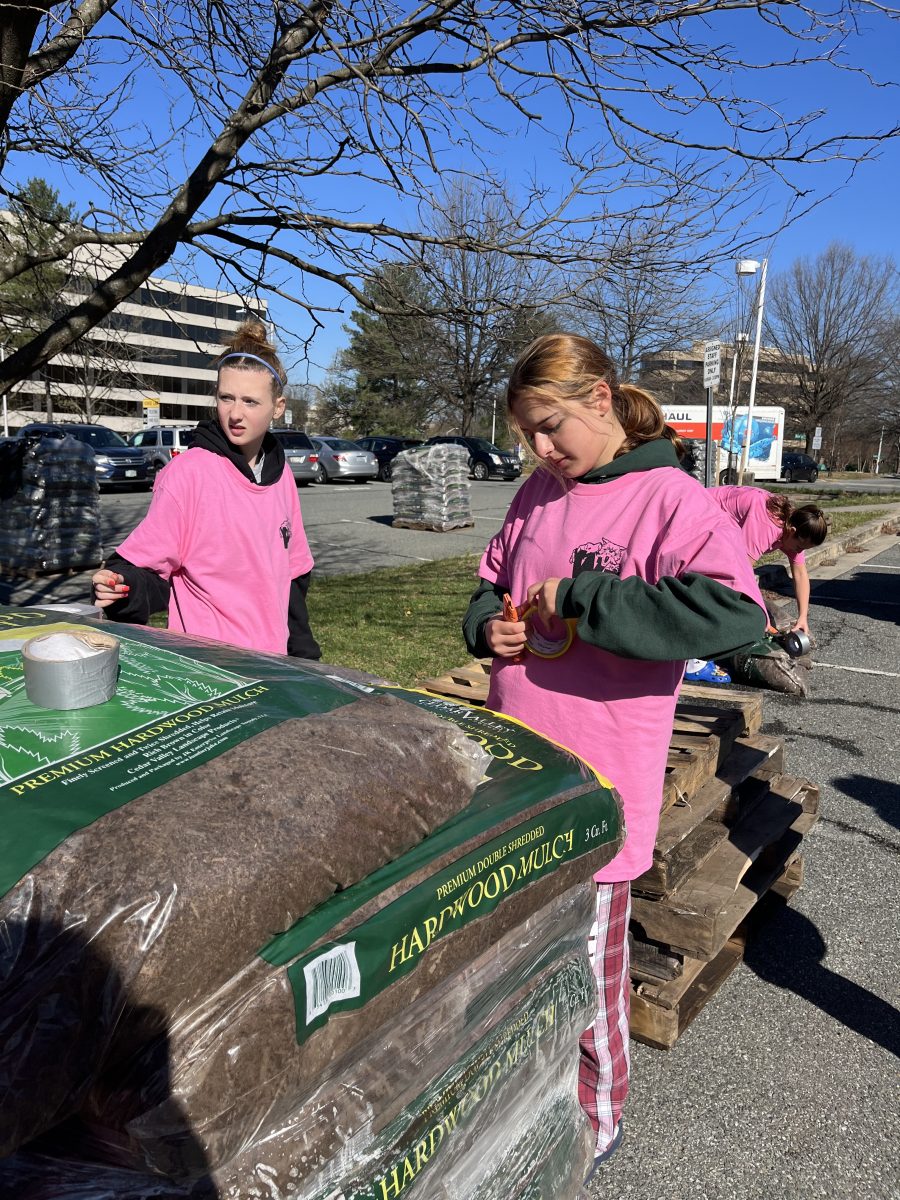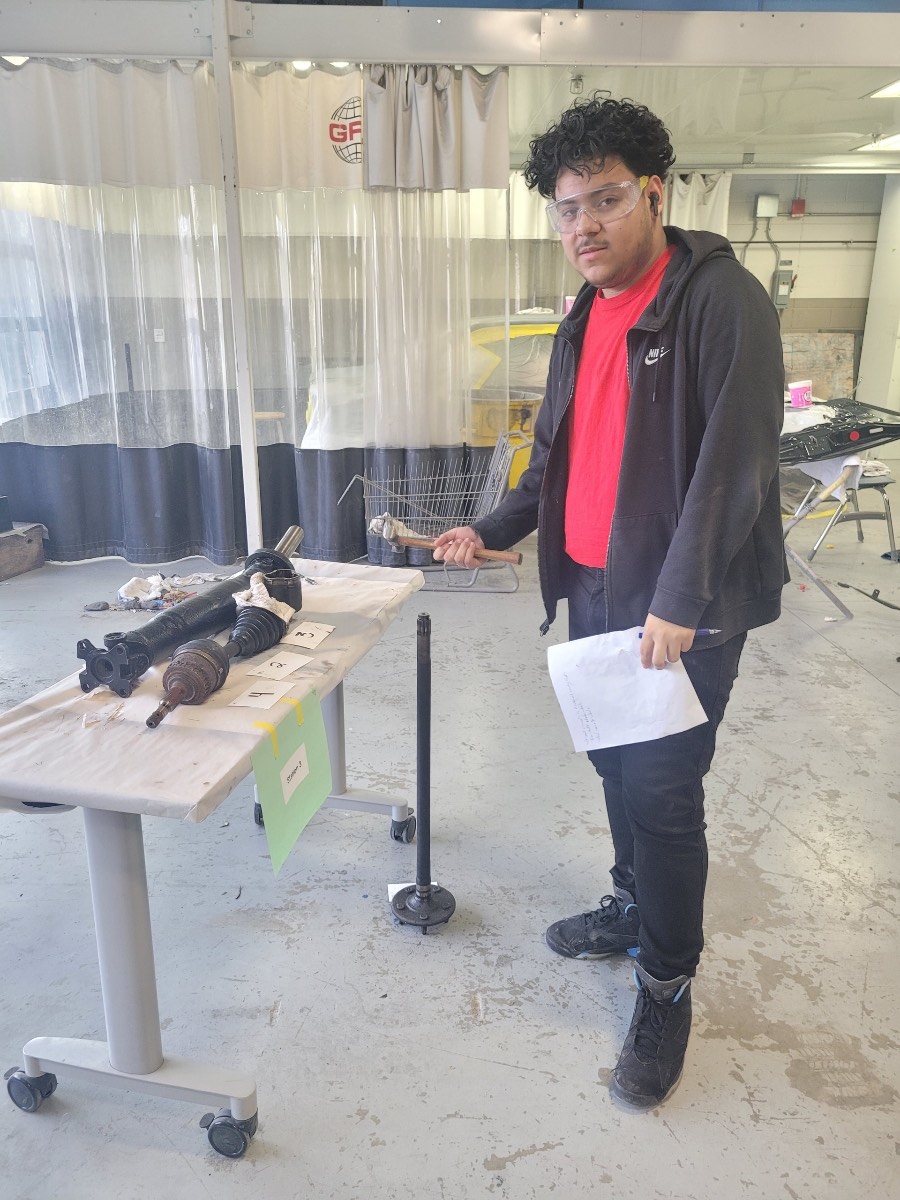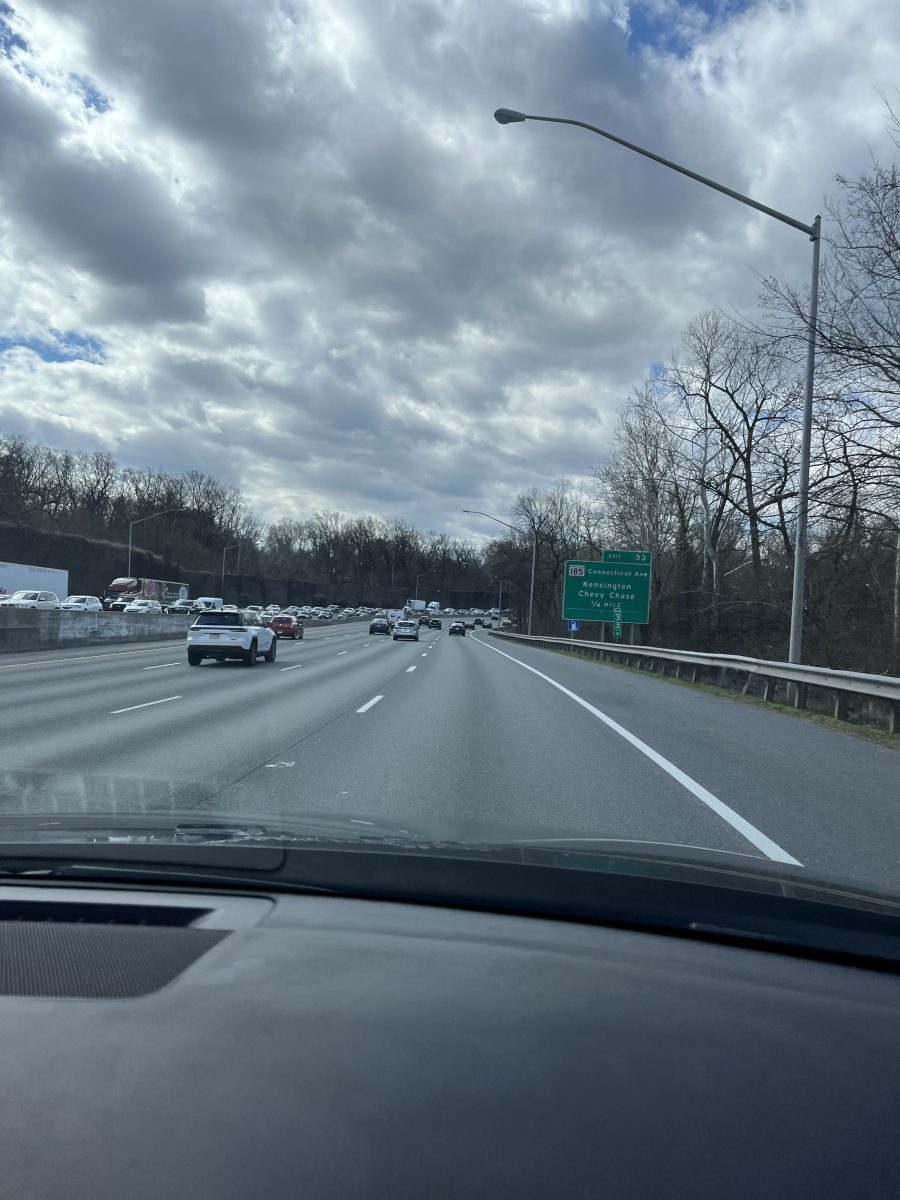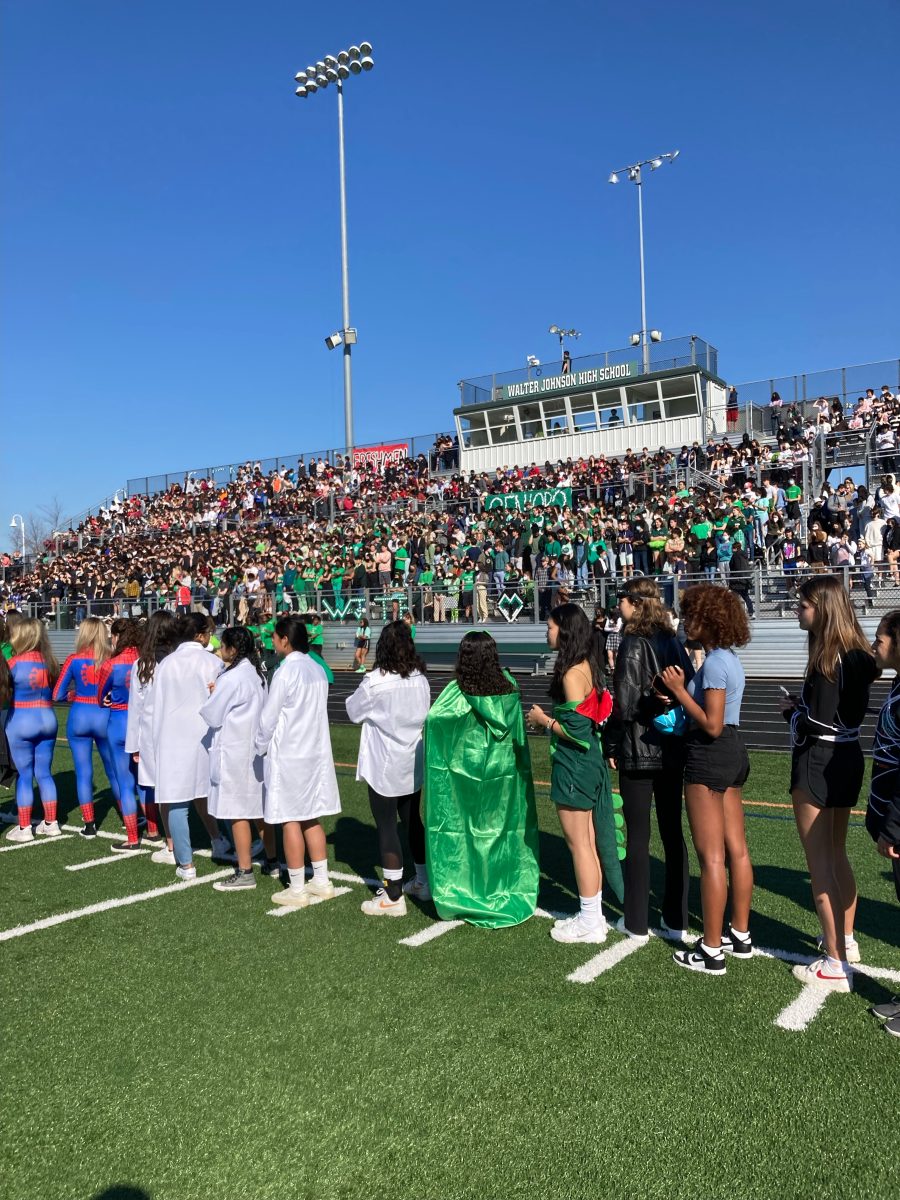Looking out at WJ’s bloated parking lot, this idea cannot be far from the truth. However, tradition and upbringing might not be the only reasons why WJ students seem to drive to school so often, when they could easily use public transportation or the school bus instead.
“It just seems like this freeing kind of thing,” said Mahony, who is currently working on getting his license. “Being able to drive, you can really go anywhere whenever you want.”
By the looks of things, there is more than just free spirit pumping out of each car’s exhaust pipe.
According to science teacher Patricia Tierney, who teaches AP Environmental Science and sponsors the Environmental Club, cars greatly impact the environment in today’s society. From the shear amount of energy and raw materials used to manufacture automobiles to fossil fuel usage, air pollution and water pollution, cars fuel questions on the future of our planet.
While junior Katie Collins, a student who has driven to school fairly consistently since obtaining her license in May 2009, admits that she is not incredibly environmentally conscious, she also says that she doesn’t abuse the environment.
“I pick up all my trash and try not to waste gas, but I’ve never been a huge environmental activist or anything,” said Collins.
Despite his desire to drive, Mahony still thinks himself environmentally conscious.
“I don’t go dump toxic waste into the fields,” he said. “I do recycle.”
This display of environmentalism is something that he might not share with many of his classmates. According to a survey of 200 WJ students, only 7.9 percent of sophomores said that they did not drive because they were environmentally conscious. 82 percent gave reasons along the lines of: “I am not old enough”, “I cannot pay for the gas costs”, “I don’t own a car” and “I don’t have a parking permit.” The remaining 10.1 percent had “other” reasons for not driving to school.
According to Tierney, riding a bike is great for short-distances, while mass transit is perfect for long-distance. She adds that walking is always a pleasant alternative.
Mahony says that, if it were plausible, he would ride his bike to school every day. Though he lives close to school, he fears that the roads to get there are not very pedestrian friendly, and for him, those dangers outweigh the benefits. This quite possibly reflects the thoughts of the larger WJ populace. According to a random survey, a miniscule 0.5 percent of WJ students bike to school. A slightly larger 4.3 percent walk, and the remaining 95.2 percent get to school with the help of some sort of automobile.
Though she says that it depends on the driver, Tierney believes that 16 is a little early to be behind the wheel. For safety and environmental reasons, she is very much in favor of a recent Maryland law upping the legal drivers’ age from 16 to 16 ½.
“It’s quite a responsibility,” said Tierney. “Driving’s not so easy.”
Conversely, Mahony sees the law as nothing more than “another obstacle to get over.”
“I’ve already explained why it’s so appealing to drive, and I guess [the law] makes sense for safety reasons because teenagers are horrible drivers in general, but everybody really wants to be able to drive,” said Mahony. “Having it set back is just a pain.”
Legalities aside, taking the bus is one glaringly available form of transportation that many students choose to ignore. In fact, 31.9 percent of WJ’s seniors take the bus to school, compared to 36.2 percent who drive. A whopping 50 percent of all seniors say that most of their friends use a car to get to school. Similarly, 41.3 percent of all students use a car to get to school daily, compared to the 19.4 percent who never and the 23.9 percent who rarely use a car to get to school. Tierney feels that it would help if students simply used the transportation automatically provided for them. She believes in the school bus’ social opportunity, since students can get to know other kids who may not be among those they hang out with at school.
Collins says that when she didn’t drive to school, either her dad would drive her or she would take the bus. But for convenience’s sake, it seems that driving has become her main source of transportation.
“I drive to school because it’s more convenient and faster for my family,” said Collins. “I often have to run after school for sports practices, lessons, and tutoring, so being able to drive myself makes it a lot easier. Plus, I get to sleep in longer in the mornings.”






